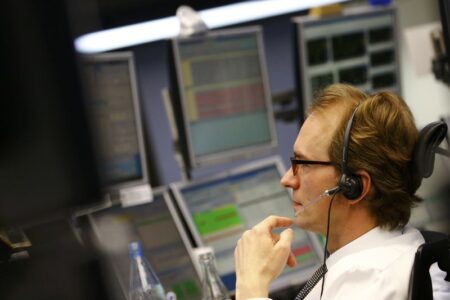Taylor Swift was recently named a newly-minted billionaire by Forbes, with an estimated worth of $1.1 billion. The 33-year-old’s “Eras” tour has become a financial phenomenon, earning $780 million from ticket sales alone, minting Swift as the first musician to reach billionaire status exclusively through the prowess of her music and live performances.
There’s a lesser-known route, though, Swift could have taken to hit the billion-dollar mark — compound interest. Following her first headlining tour in 2009, Swift, already the top-selling solo artist of 2008 with her ‘Fearless’ album, earned an impressive $18 million. If Swift opted to invest that sum into the diversified stock index, she could potentially near the billion-dollar mark by 2048, simply through the compounding effect. From 2009 to 2023, the S&P 500, with dividends reinvested, averaged an annual return of 14.11%. Swift’s $18 million earnings from 2009 would be worth $114 million today, solely through S&P 500 performance.
Compound
COMP
Like Taylor Swift, NBA legend Earvin “Magic” Johnson has recently been named a billionaire by Forbes, with an estimated net worth of $1.2 billion. Many might find it surprising that during his illustrious career, Johnson’s total earnings amounted to only $40 million (by contrast, current NBA superstar Steph Curry will make $48 million this year alone). Johnson retired his Converse sneakers 27 years ago but had he channeled his NBA earnings exclusively into S&P 500 investments, that sum would have amassed to over $500 million today.
Johnson’s business ventures, including Starbucks
SBUX
NKE
Legendary investor Peter Lynch noted, “I made most of my money in a company in five to seven years, not five days or seven months.” The bottom line is the path to great wealth creation isn’t exclusive to those with chart-topping singles or record-shattering tours. Sometimes, it’s paved with the quiet, consistent growth of compound interest and the patience of a disciplined investor.
Swift’s and Johnson’s actual routes to wealth have been far more diverse and dynamic. Nonetheless, this hypothetical investment illustrates a foundational principle: how early and consistent investment, coupled with the market’s historical performance, can be a powerful wealth-building strategy for both the artist and the investor.
Read the full article here









